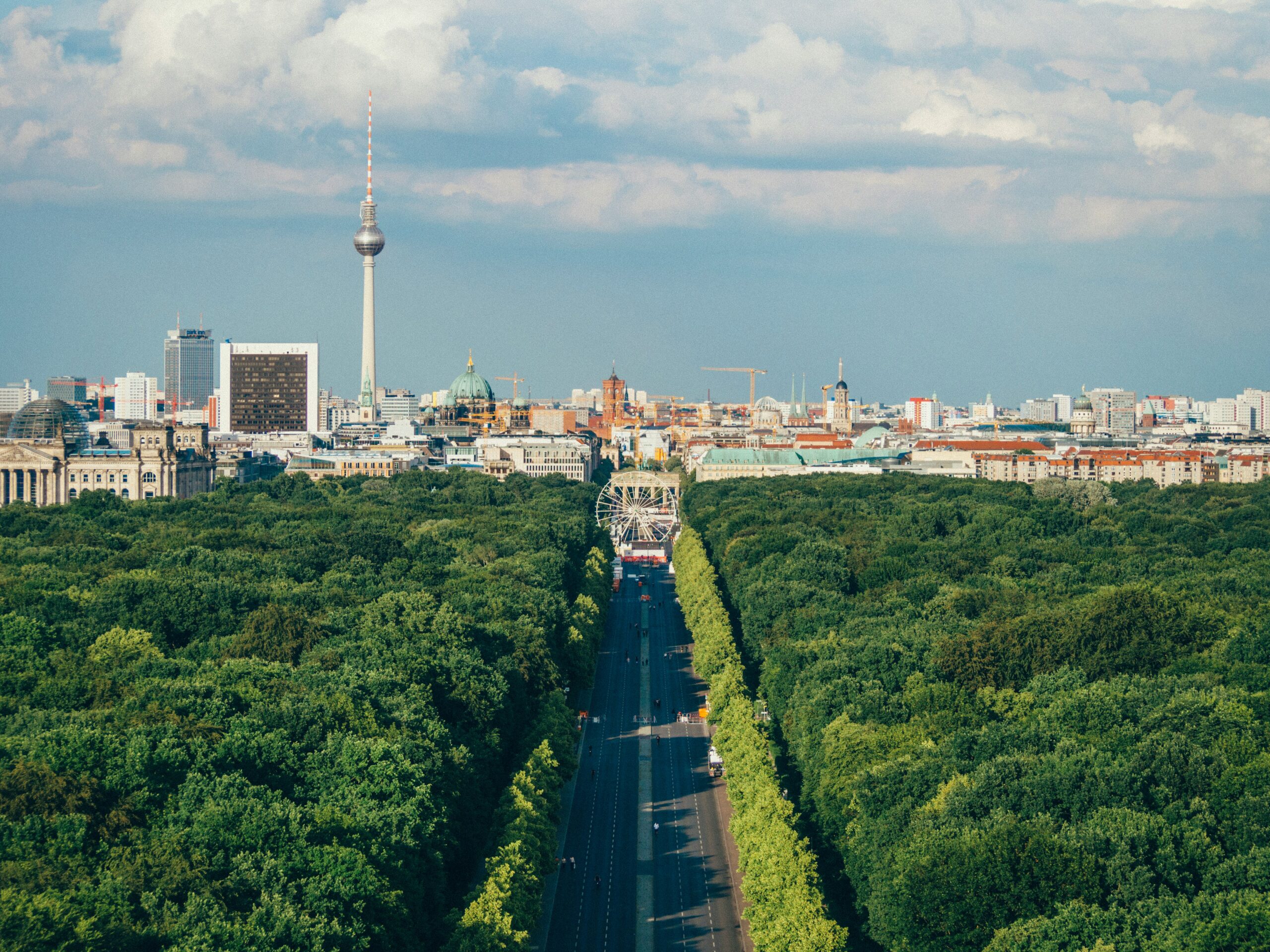What are some popular tourist attractions in Berlin?
- 11 mins to read
- 24 May 2024
- MMonica Bozinoski.
tenant?
Berlin, the capital city of Germany, is a vibrant and culturally diverse destination that attracts millions of tourists every year. With its rich history, thriving art scene, architectural wonders, and beautiful green spaces, Berlin offers a wide array of attractions for visitors to explore and enjoy.
Understanding Berlin's Rich History
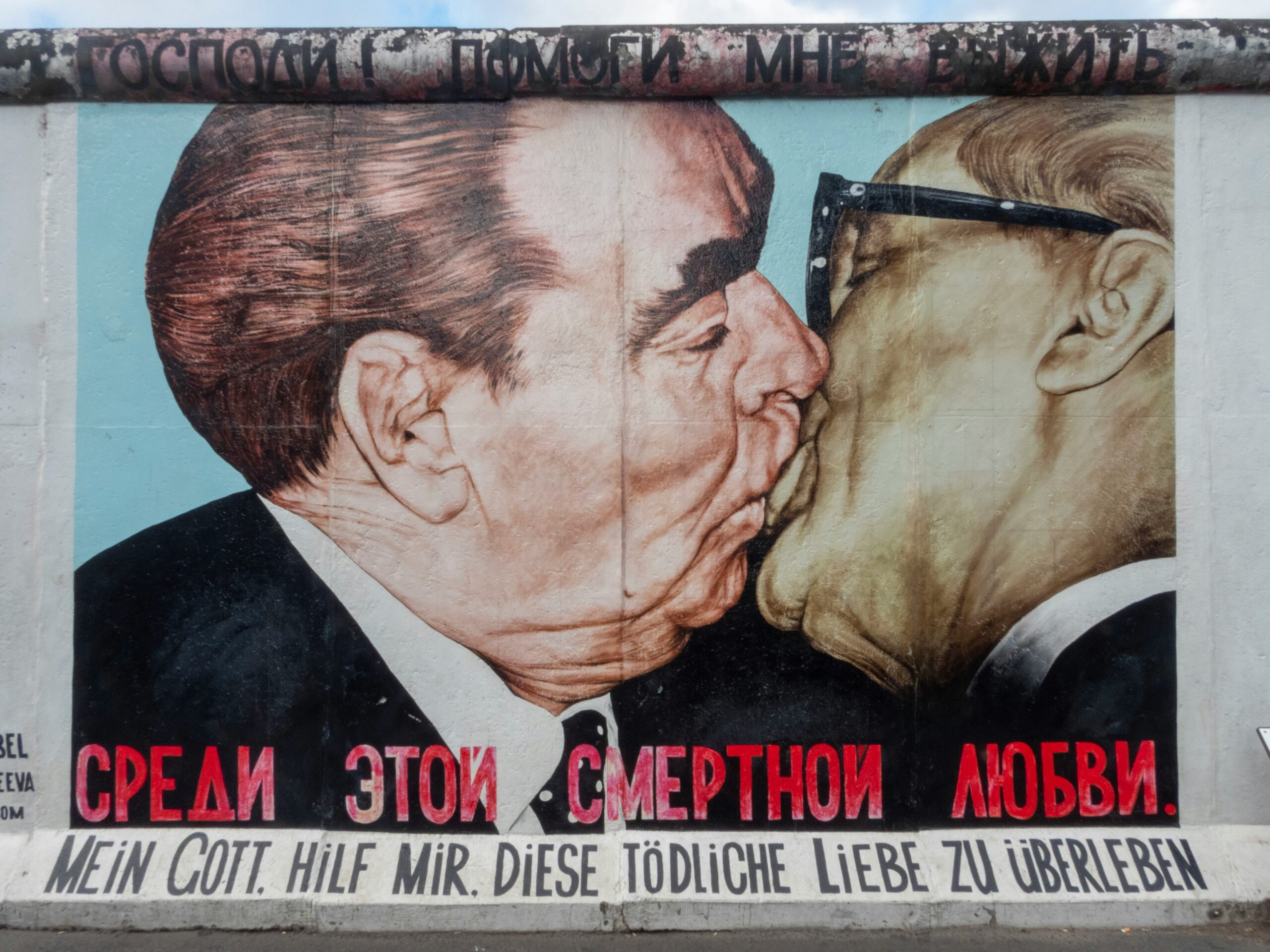
As you wander through the streets of Berlin, it is impossible to ignore the city’s fascinating history. One of the most significant landmarks that symbolizes Berlin’s divided past is the Berlin Wall.
Berlin, the capital city of Germany, has a rich and complex history that has shaped its identity. From being the epicenter of World War II to its division during the Cold War, Berlin has witnessed pivotal moments that have left a lasting impact on its landscape and its people.
The Significance of the Berlin Wall
The Berlin Wall, constructed in 1961, was a physical barrier that divided the city into East and West Berlin during the Cold War. Its construction profoundly impacted the lives of Berliners, separating families and friends for nearly three decades. Today, remnants of the wall stand as a powerful reminder of the city’s tumultuous past.
The Berlin Wall not only physically divided the city but also represented the ideological divide between the East and the West. It stood as a symbol of the Iron Curtain, separating communist East Germany from democratic West Germany. The fall of the Berlin Wall in 1989 marked a significant moment in history, leading to the reunification of Germany and the end of the Cold War.
The Story Behind Checkpoint Charlie
Another notable historical site is Checkpoint Charlie, the famous border crossing point between East and West Berlin. Located in Friedrichstraße, Checkpoint Charlie was a critical checkpoint during the Cold War. Visitors can explore the Checkpoint Charlie Museum, which provides valuable insights into the stories of those who attempted to escape from East to West.
Checkpoint Charlie was not just a border crossing but a symbol of the tense standoff between the East and the West. It was a site of high tension and dramatic escape attempts, highlighting the desperation of those seeking freedom from the oppressive regime of East Germany. Today, Checkpoint Charlie serves as a reminder of the struggles faced by those living in a divided city.
The Importance of the Holocaust Memorial
One cannot discuss Berlin’s history without recognizing the significance of the Holocaust Memorial, also known as the Memorial to the Murdered Jews of Europe. This haunting memorial comprises 2,711 concrete slabs arranged in a grid-like pattern. Visitors can walk through the memorial, contemplating the atrocities committed during the Holocaust.
The Holocaust Memorial stands as a somber tribute to the six million Jewish victims of the Holocaust. The stark design of the memorial evokes a sense of loss and remembrance, inviting visitors to reflect on the horrors of the past and the importance of never forgetting. It serves as a poignant reminder of the darkest chapter in human history and the need to strive for a more tolerant and inclusive future.
Exploring Berlin's Vibrant Art Scene
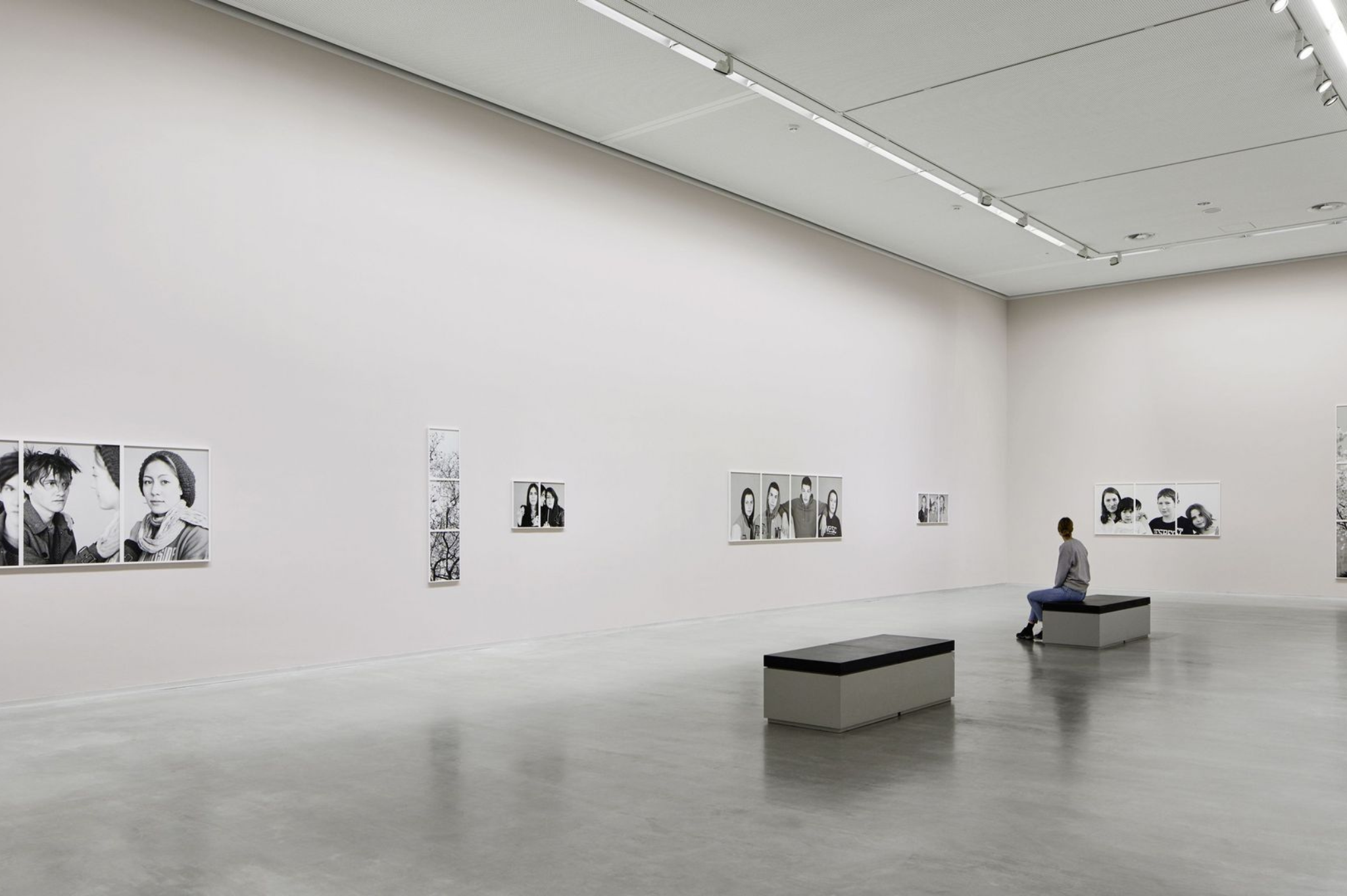
Berlin is internationally renowned for its thriving art scene, with numerous galleries, museums, and street art that showcase the city’s creative spirit. The city’s rich history and cultural diversity have contributed to the flourishing art community, making it a hub for artists and art enthusiasts from around the world.
Visitors to Berlin have the opportunity to immerse themselves in a dynamic art scene that seamlessly blends the traditional with the contemporary, the historical with the avant-garde. Whether you are drawn to classical masterpieces or cutting-edge installations, Berlin offers a diverse range of artistic experiences that cater to all tastes and preferences.
The Unique Charm of East Side Gallery
The East Side Gallery is a must-visit attraction for art enthusiasts. It is the longest remaining section of the Berlin Wall, adorned with vibrant murals created by artists from around the world. Each artwork tells a story and celebrates the triumph of unity over division. As you stroll along this open-air gallery, you can feel the powerful emotions and messages conveyed through the striking visuals that line the historic barrier.
The East Side Gallery stands as a living testament to Berlin’s tumultuous past and its resilient spirit. The juxtaposition of art against the remnants of a once-divided city creates a poignant and thought-provoking experience for visitors, offering a glimpse into the collective memory of a community striving for reconciliation and progress.
The Contemporary Art of Berlinische Galerie
If you are interested in contemporary art, a visit to Berlinische Galerie is a must. This museum houses a remarkable collection of modern art, including paintings, sculptures, photography, and multimedia installations. The museum’s engaging exhibitions provide insights into the ever-evolving art scene in Berlin. By showcasing the works of emerging and established artists, Berlinische Galerie serves as a platform for innovation and experimentation in the realm of contemporary art.
Exploring the galleries of Berlinische Galerie offers a glimpse into the diverse artistic practices shaping the city’s cultural landscape. From bold conceptual pieces to immersive multimedia installations, the museum invites visitors to engage with art in a dynamic and thought-provoking manner, fostering a deeper appreciation for the creative expressions that define Berlin’s contemporary art scene.
The Street Art Culture in Berlin
Berlin’s street art culture is a testament to the city’s creativity and rebellion. From giant murals to tiny stencil art, you can find extraordinary street art on nearly every corner. Areas such as Kreuzberg and Friedrichshain are known for their vibrant street art scenes, where artists express themselves freely through their work. The streets of Berlin serve as an ever-changing canvas, reflecting the city’s dynamic social, political, and cultural landscape.
Exploring Berlin’s street art scene is like embarking on a visual treasure hunt, where each mural, graffiti tag, and paste-up reveals a fragment of the city’s collective identity. The ephemeral nature of street art adds an element of spontaneity and surprise to the urban environment, inviting passersby to pause, reflect, and engage with the artistic expressions that adorn the city’s walls and alleys.
Berlin's Architectural Wonders
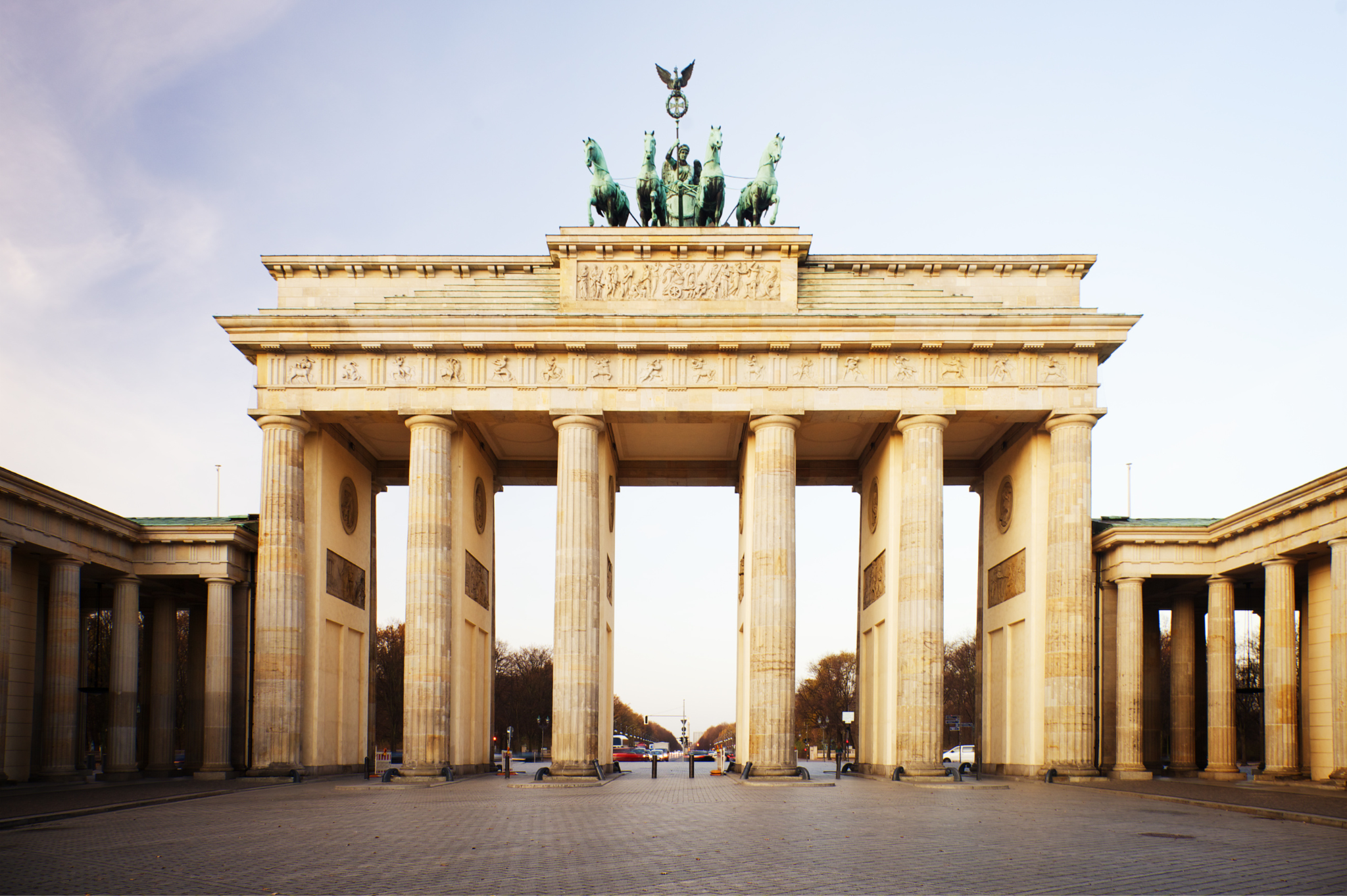
Berlin boasts an impressive array of architectural wonders that showcase the city’s diverse history and evolving skyline. From historic landmarks to modern marvels, the city’s architecture tells a compelling story of resilience and innovation.
Exploring Berlin’s architectural landscape is like embarking on a journey through time, with each building offering a glimpse into the past while embracing the future.
The Iconic Brandenburg Gate
The Brandenburg Gate is one of Berlin’s most recognizable landmarks. This neoclassical triumphal arch symbolizes Germany’s reunification and is a testament to the city’s resilience. Visitors can stroll through the gate, capturing the vibrant energy of the bustling Pariser Platz.
Surrounded by a rich history and symbolic significance, the Brandenburg Gate stands as a powerful reminder of Berlin’s enduring spirit and the triumph of unity over division.
The Majestic Berlin Cathedral
Rising majestically on Museum Island, the Berlin Cathedral is a stunning example of German Renaissance and Baroque architecture. This impressive structure not only houses beautiful religious artwork but also offers visitors the opportunity to climb to the dome’s top for breathtaking panoramic views of Berlin.
Steeped in elegance and grandeur, the Berlin Cathedral stands as a testament to the city’s cultural heritage and architectural prowess. Its intricate details and awe-inspiring dome make it a must-visit destination for architecture enthusiasts and history buffs alike.
The Futuristic TV Tower
Dominating Berlin’s skyline, the TV Tower, also known as the Fernsehturm, offers an unmatched view of the city from its iconic rotating observation deck. The futuristic design and towering height make it a must-visit attraction, especially during sunset when the city is bathed in warm hues of orange and gold.
As the sun sets over Berlin, casting a golden glow on the city below, the TV Tower stands as a beacon of modernity and progress. Its sleek silhouette and panoramic views serve as a reminder of Berlin’s ever-evolving skyline and its embrace of innovation.
Berlin's Green Spaces and Outdoor Attractions
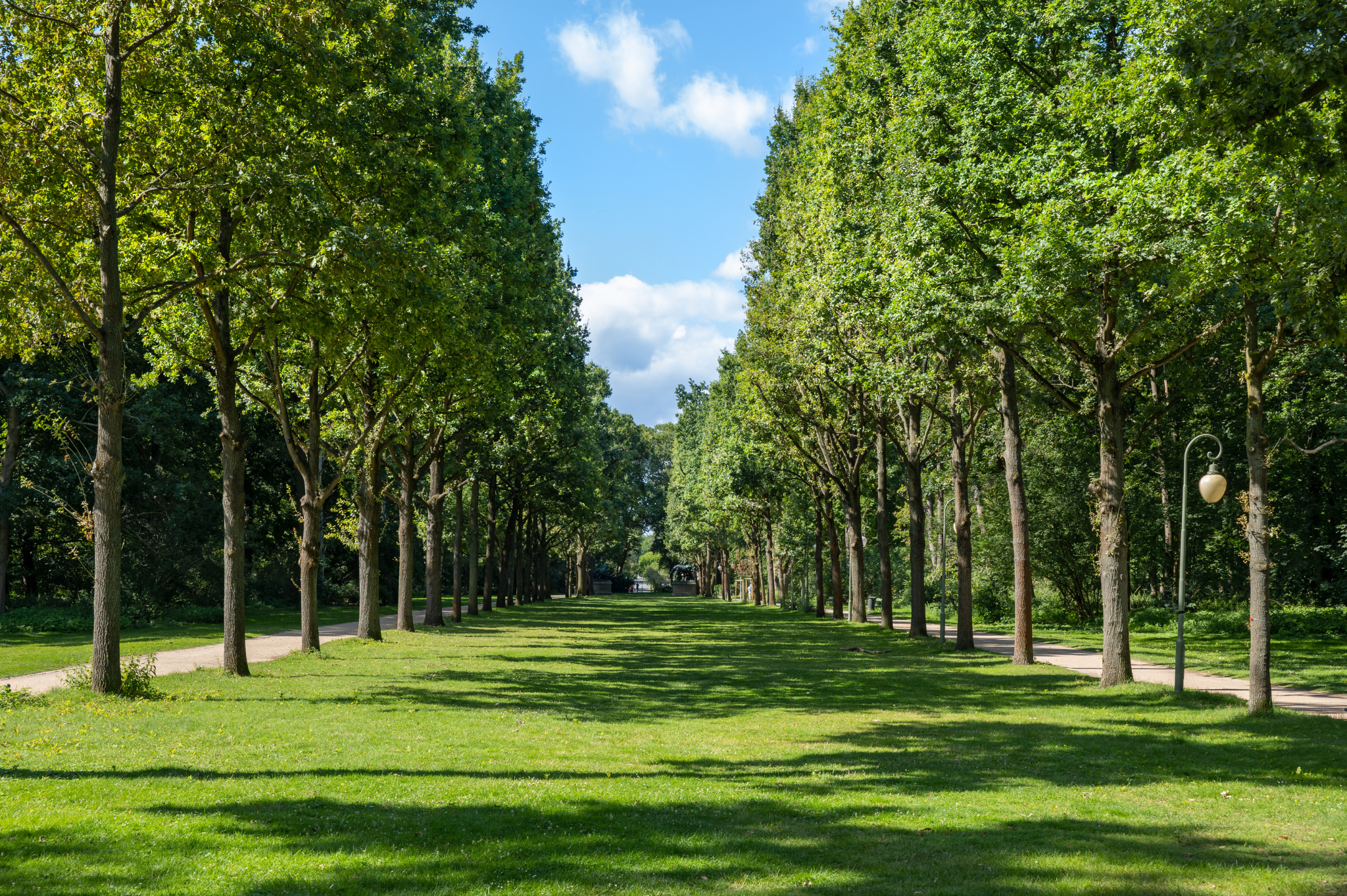
Amidst Berlin’s bustling cityscape, there are several serene green spaces and outdoor attractions that provide a much-needed respite.
The Tranquil Tiergarten Park
Tiergarten Park, located in the heart of Berlin, is a vast urban park offering peaceful walks, lush gardens, and picturesque lakes. Visitors can rent bicycles or enjoy a leisurely stroll along the winding paths, taking in the tranquil beauty of nature.
The Beautiful Gardens of Charlottenburg Palace
Charlottenburg Palace, a stunning baroque palace surrounded by manicured gardens, is a testament to Berlin’s royal past. The gardens, with their intricate flower beds and elegant sculptures, provide a serene escape from the city’s hustle and bustle.
The Bustling Mauerpark Flea Market
For a unique shopping experience, head to Mauerpark, where you can find an eclectic mix of vintage clothing, antiques, handmade crafts, and delicious street food. The lively atmosphere, live music, and karaoke at the park’s amphitheater make the flea market a favorite among locals and tourists alike.
In conclusion, Berlin offers an array of attractions that cater to diverse interests and preferences. From delving into the city’s rich history to immersing oneself in its vibrant art scene, exploring architectural wonders, or simply enjoying the tranquility of its green spaces, the German capital is a city that never fails to captivate and inspire its visitors.

 Back
Back